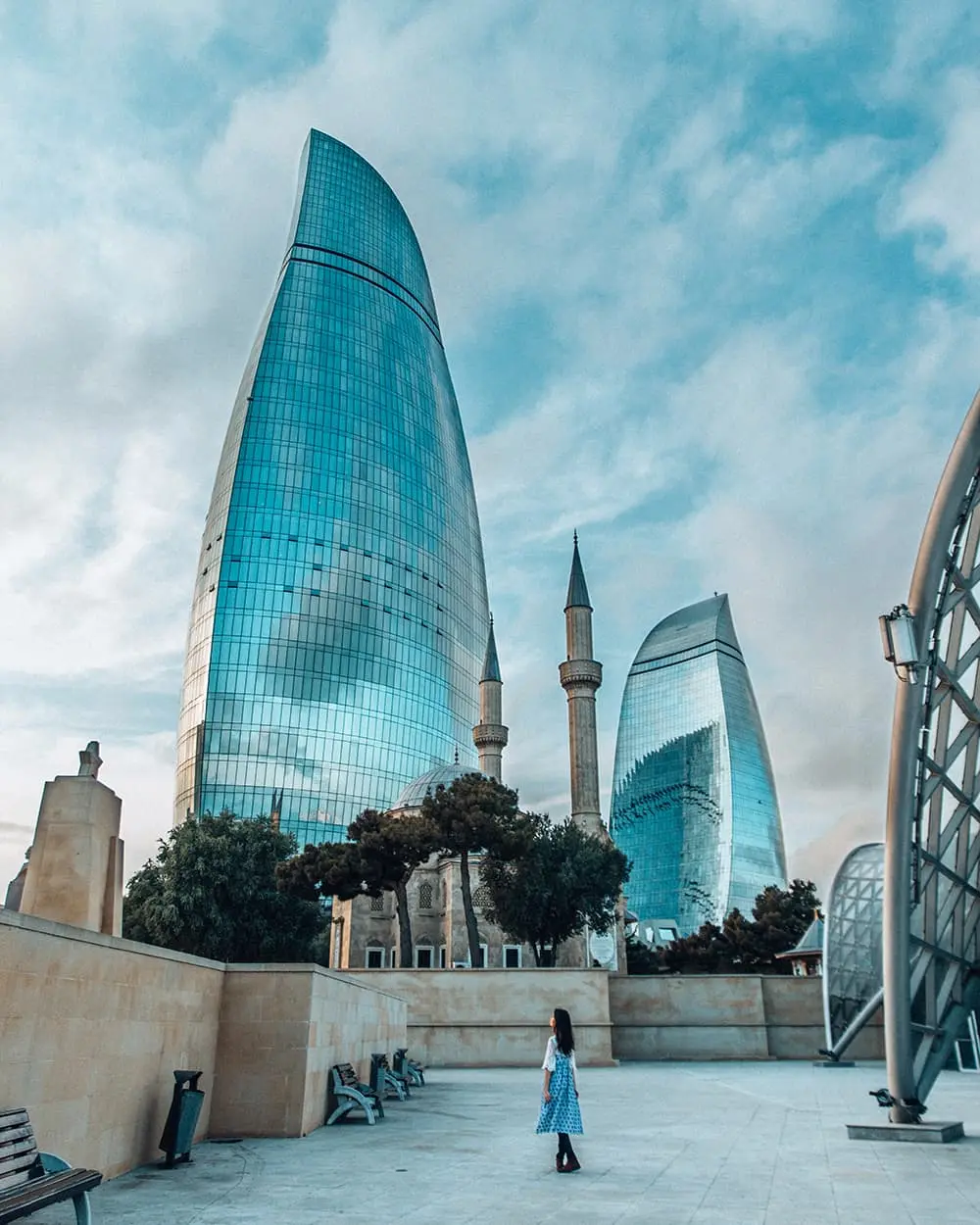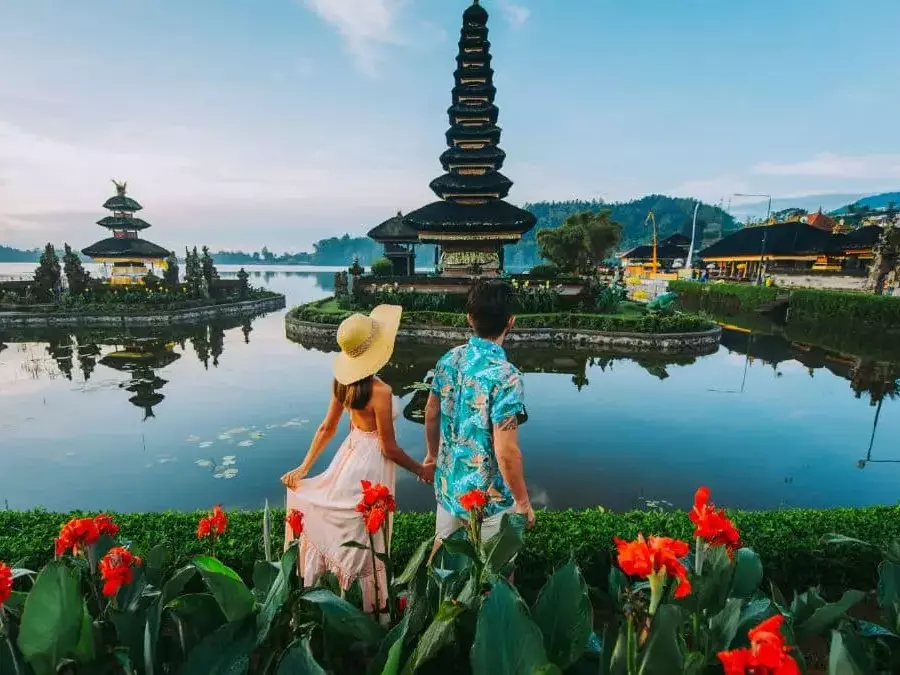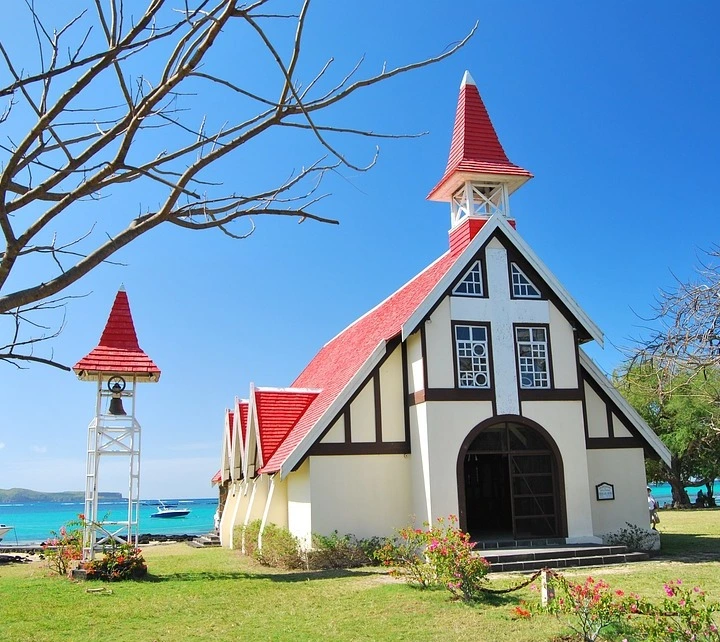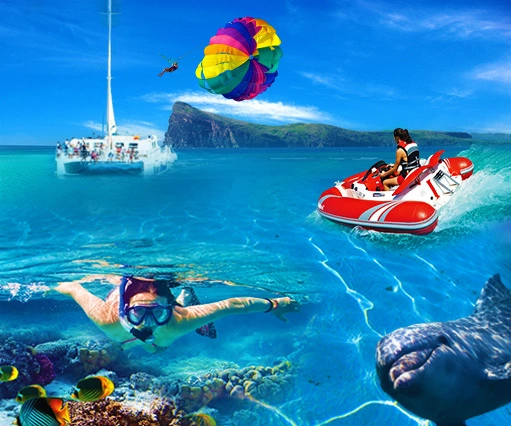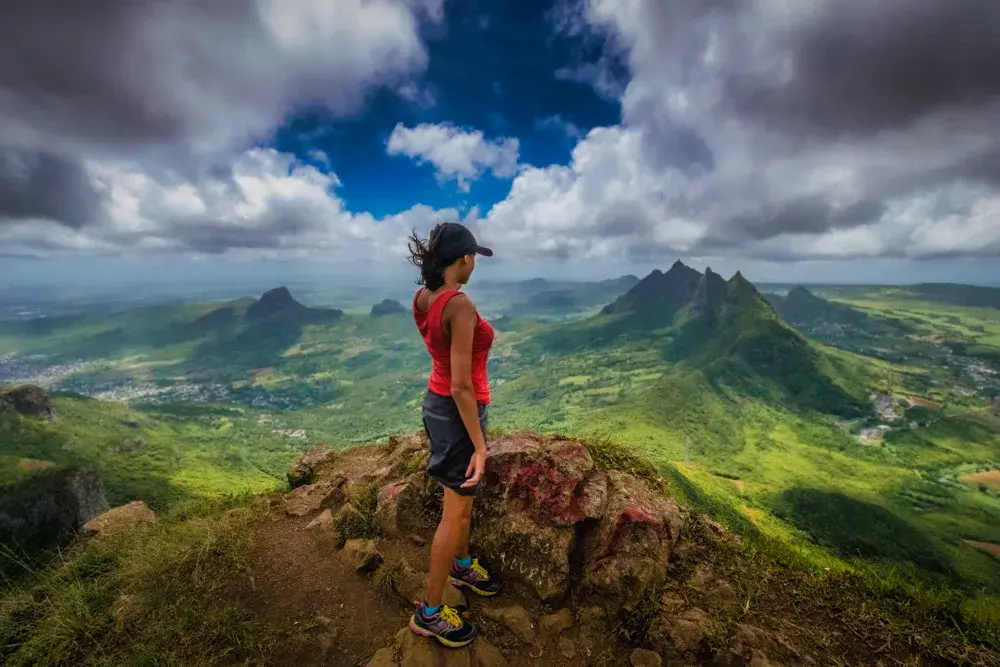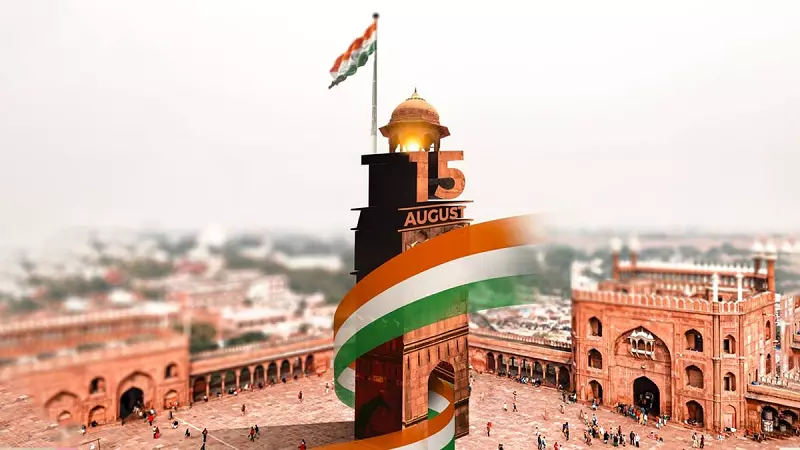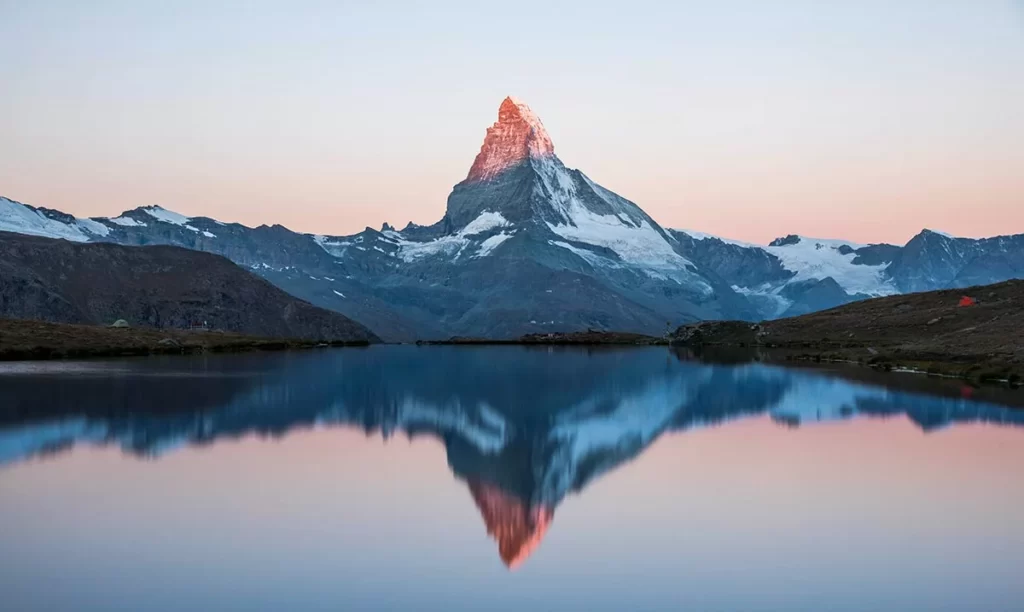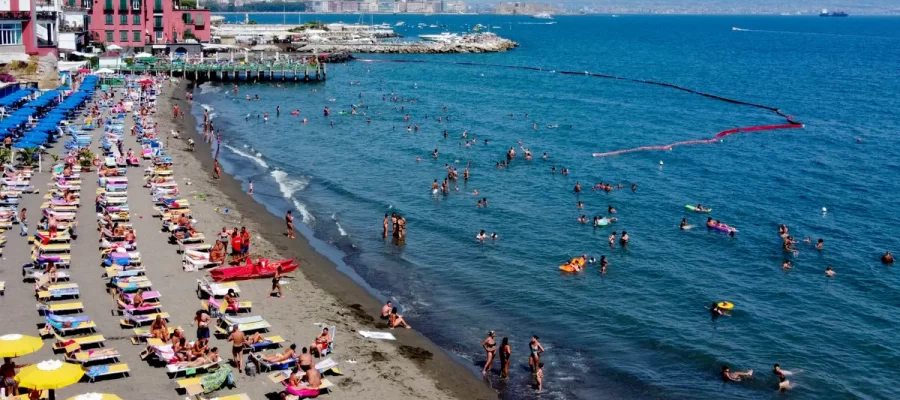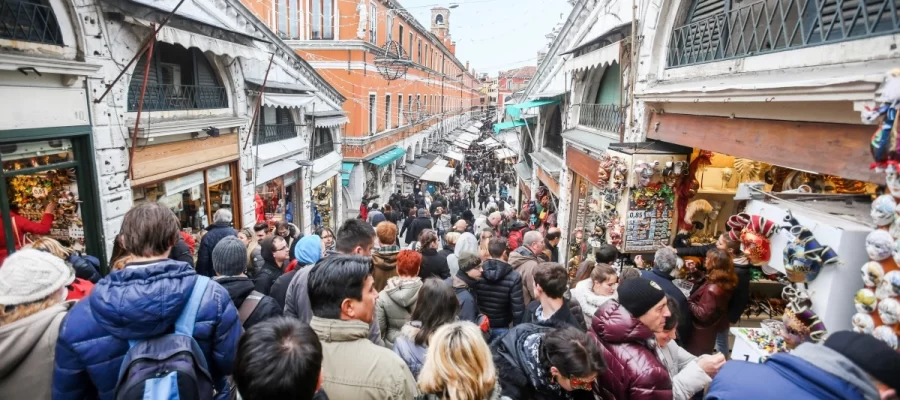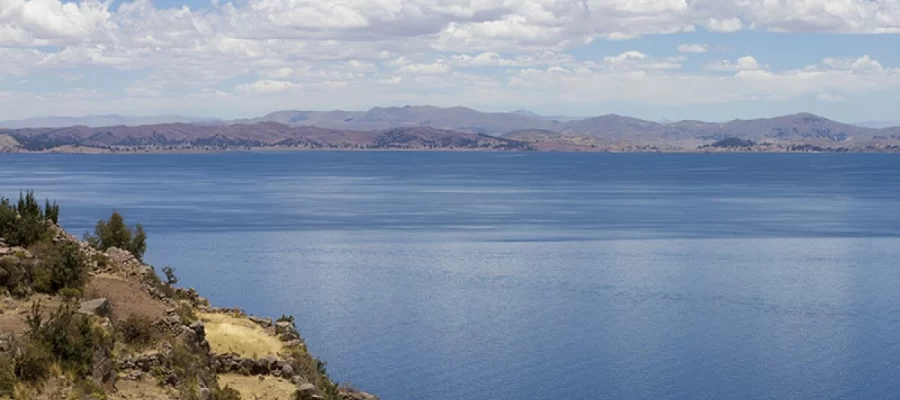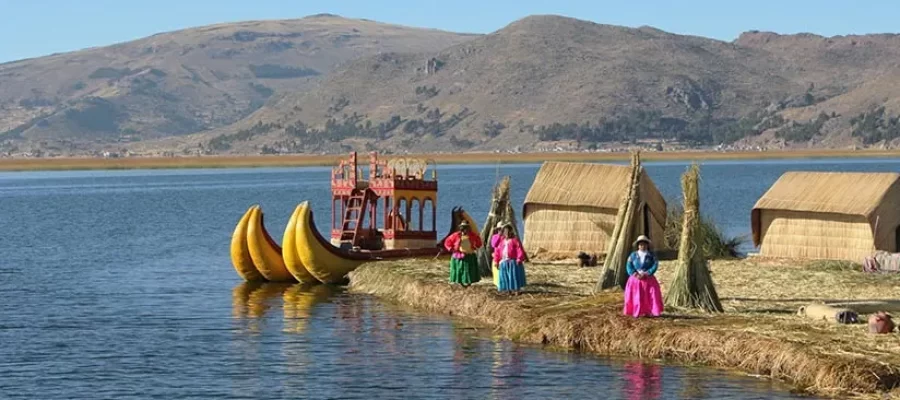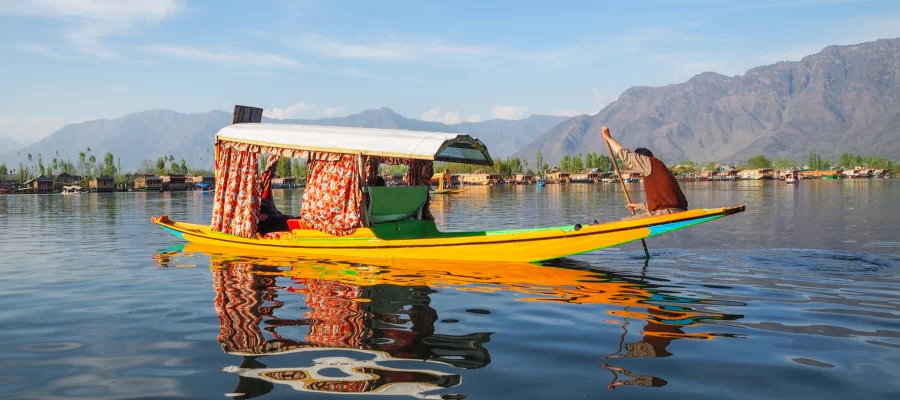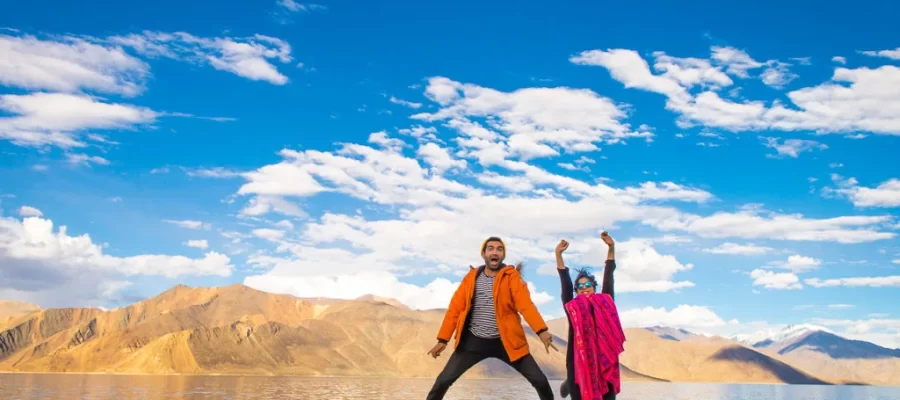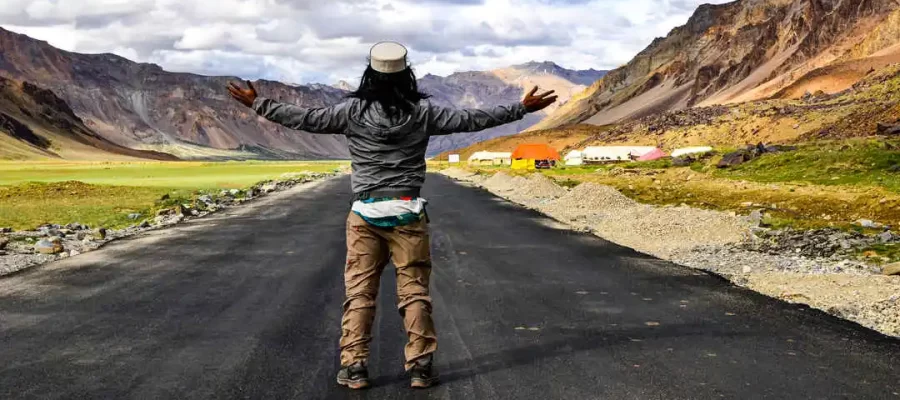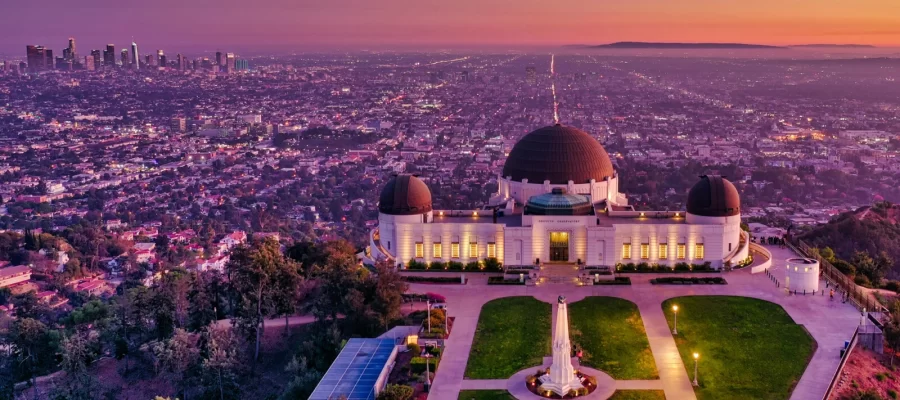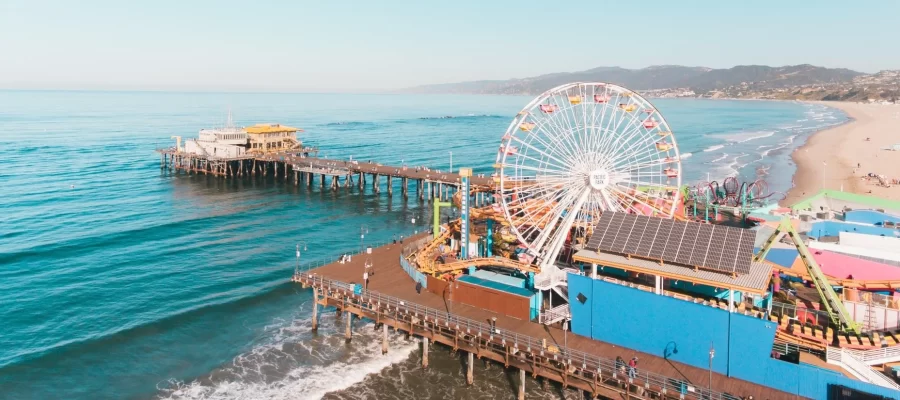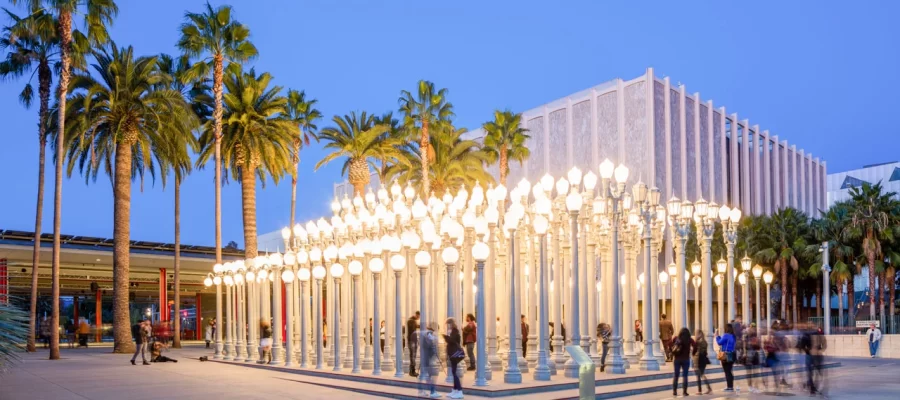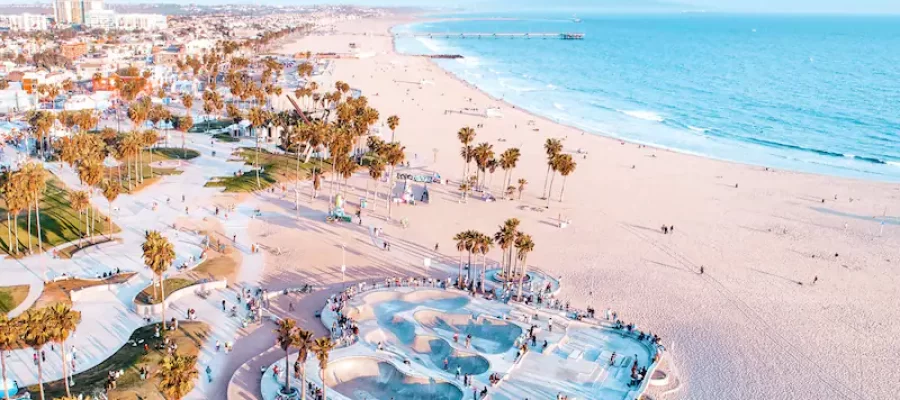The Top 5 Tourist Attractions to Visit in Azerbaijan
Nestled at the crossroads of Eastern Europe and Western Asia lies Azerbaijan, a land of captivating landscapes, rich history, and vibrant culture. From the bustling streets of Baku to the ancient rock carvings of Gobustan, Azerbaijan offers a tapestry of experiences for travelers. In this blog, we’ll delve into the top 5 tourist attractions that showcase the best of what this diverse country has to offer.
1. Baku - The Enchanting Capital City:
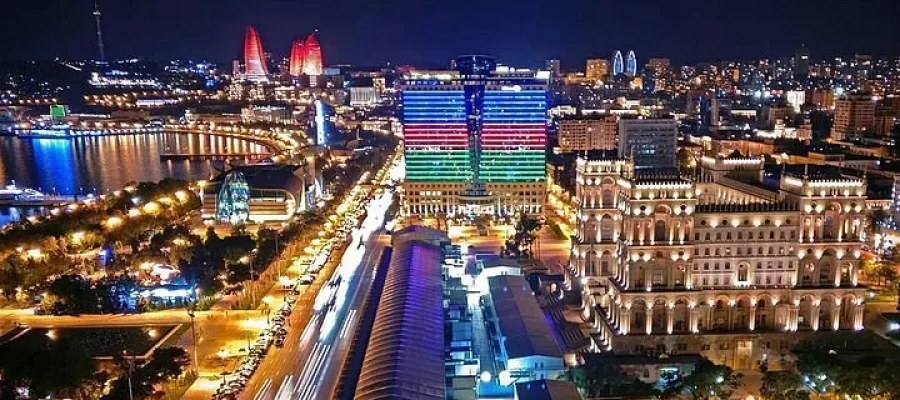
Baku, the pulsating heart of Azerbaijan, seamlessly blends the old with the new. Begin your journey in the UNESCO-listed Old City, where narrow cobblestone streets wind past ancient mosques, palaces, and caravanserais. Marvel at the iconic Maiden Tower, a symbol of Baku’s rich history. Explore the opulent interiors of the Shirvanshahs’ Palace, adorned with intricate tile work and ornate arches.
As night falls, witness the modern skyline come alive with the dazzling Flame Towers, a testament to Baku’s rapid development. Indulge your senses in the city’s vibrant culinary scene, savoring traditional Azerbaijani delicacies in quaint tea houses and bustling bazaars.
2. Gobustan National Park - Window to Prehistoric Times:
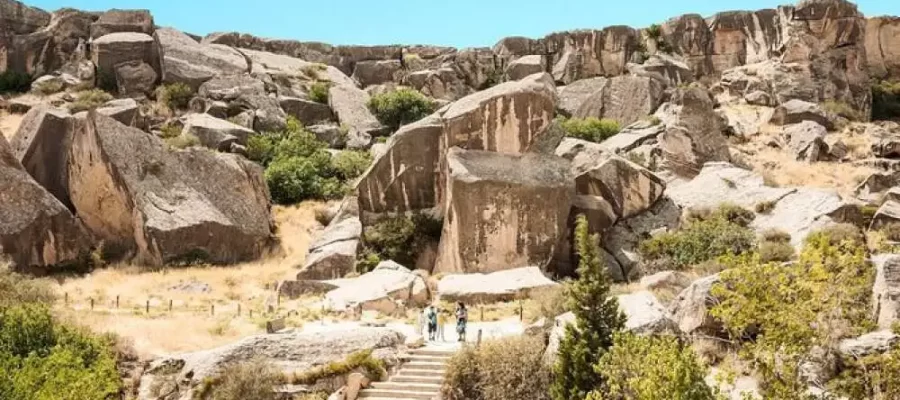
Step back in time at Gobustan National Park, a UNESCO World Heritage Site that offers a glimpse into Azerbaijan’s prehistoric past. Embark on a journey through millennia as you explore the park’s ancient rock carvings, depicting scenes of hunting, dancing, and rituals etched into the rugged landscape. Marvel at the otherworldly sight of mud volcanoes bubbling amidst the rocky terrain, creating a surreal lunar landscape.
Immerse yourself in the history of the region at the Gobustan Museum, where artifacts and exhibits shed light on the lives of the ancient inhabitants who once roamed these lands.
3. Sheki - A Fairytale Town in the Caucasus:
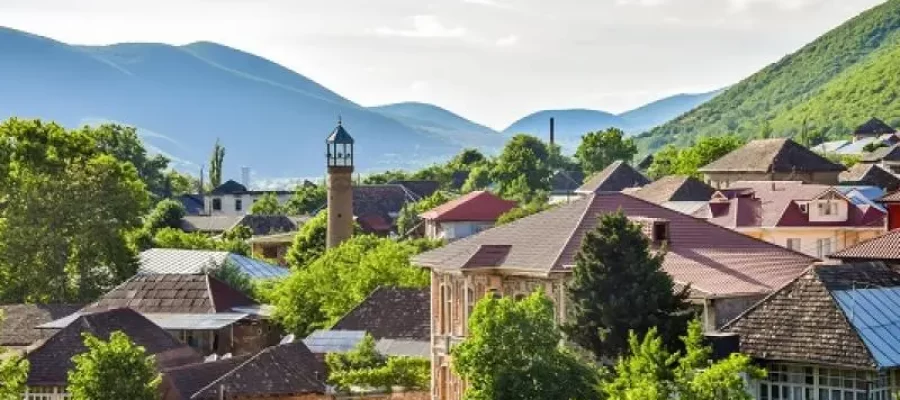
Tucked away in the foothills of the Greater Caucasus Mountains, Sheki beckons with its timeless charm and architectural splendor. Explore the enchanting Palace of the Sheki Khans, a masterpiece of Persian architecture adorned with exquisite frescoes and stained glass windows. Lose yourself in the labyrinthine streets of the Old City, where medieval caravanserais and mosques stand as silent witnesses to centuries of history.
Delight your senses with the sights and sounds of Sheki’s bustling bazaars, where vendors peddle everything from vibrant textiles to aromatic spices. Don’t forget to sample the local specialty, Sheki halva, a sweet treat made from honey and nuts.
4. Gabala - Nature's Playground:
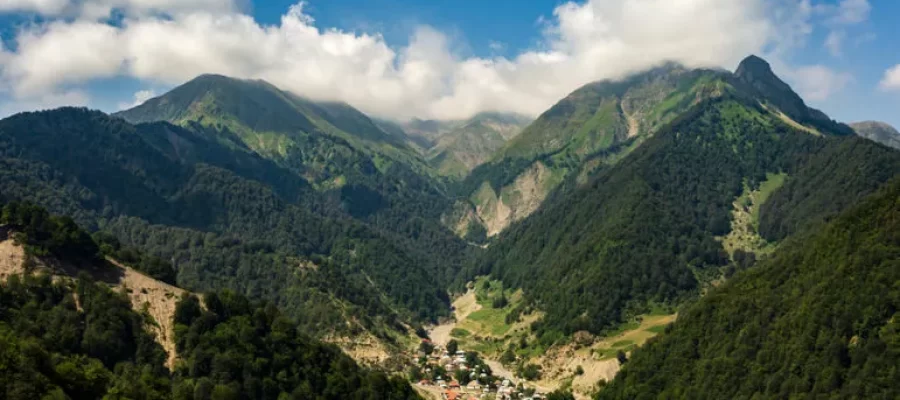
Escape the hustle and bustle of city life in the serene mountain retreat of Gabala. Surrounded by dense forests, meandering rivers, and snow-capped peaks, Gabala offers a wealth of outdoor adventures for nature enthusiasts. Strap on your hiking boots and explore the pristine wilderness of the Gabala region, where hidden waterfalls and alpine lakes await discovery. For adrenaline junkies, Gabala boasts an array of thrilling activities, from zip-lining through the treetops to paragliding over the rugged landscapes. After a day of adventure, unwind at the luxurious Tufandag Mountain Resort, where cozy chalets and panoramic views provide the perfect backdrop for relaxation.
5. Quba - Gateway to the Caucasus:
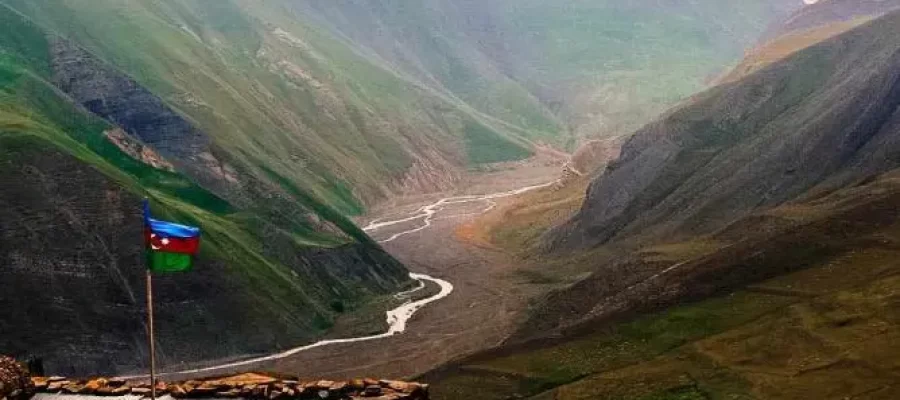
Venture off the beaten path to the charming town of Quba, nestled amid rolling hills and verdant orchards. Explore the region’s rich cultural tapestry, shaped by centuries of interaction between Azerbaijani, Lezgian, and Jewish communities. Wander through the picturesque Qechresh Forest, home to ancient Caucasian Albanian churches adorned with intricate carvings and frescoes. Experience the warmth and hospitality of the locals as you sample traditional dishes like plov (pilaf) and dolma (stuffed grape leaves) in cozy family-run eateries. Don’t miss the opportunity to pay your respects at the Quba Genocide Memorial Complex, a solemn reminder of the region’s tumultuous history.
Conclusion
Azerbaijan’s allure lies not only in its breathtaking landscapes and architectural wonders but also in its rich tapestry of culture and history. Whether you’re exploring the ancient streets of Baku or trekking through the pristine wilderness of Gabala, each destination offers a unique glimpse into the soul of this captivating country. So pack your bags and embark on a journey of discovery, as Azerbaijan awaits with open arms to welcome you to its diverse and enchanting landscapes.
Let us know your requirements. Our experts will curate the perfect itinerary for you.


